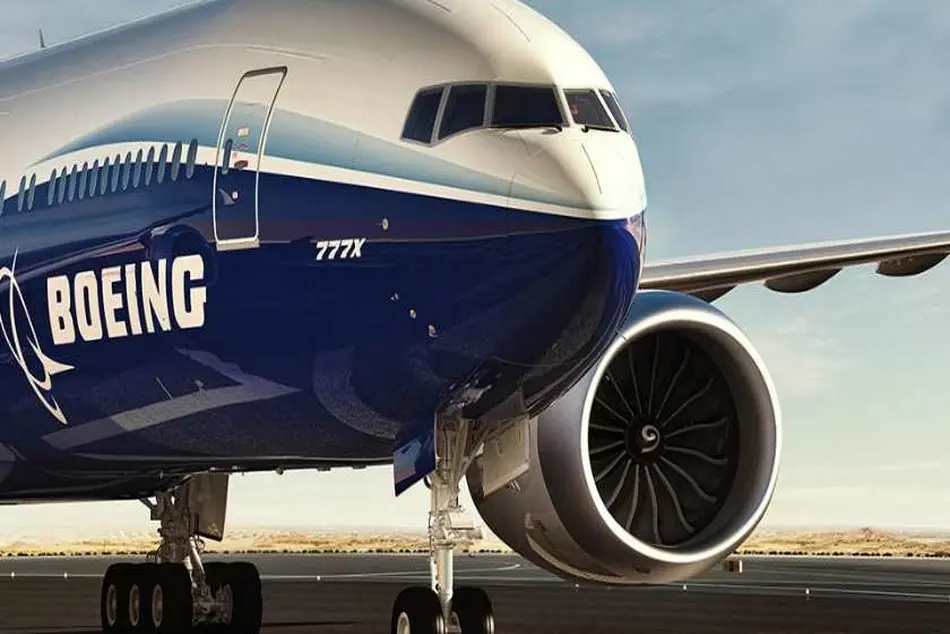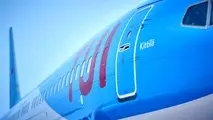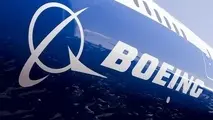Boeing Completes 737 MAX Inlet Anti-Ice Redesign
DUBAI—Boeing is negotiating with the FAA to define a certification test plan for the redesigned engine anti-ice (EAI) system on the 737 MAX, marking a key step toward starting first deliveries of the long-delayed 737-7 and 737-10 programs.

DUBAI—Boeing is negotiating with the FAA to define a certification test plan for the redesigned engine anti-ice (EAI) system on the 737 MAX, marking a key step toward starting first deliveries of the long-delayed 737-7 and 737-10 programs.
“We've spent thousands of hours getting that design done. Now it's defining the certification plan, getting the FAA to accept that certification plan,” Boeing Commercial Airplanes President andCEO Stephanie Pope says.
The EAI system redirects engine bleed air to the inlet cowl to prevent ice buildup. However, development tests subsequently revealed that the composite structure was vulnerable to thermal damage under certain conditions of prolonged use. Boeing has since evaluated several redesigns before finally arriving at what it calls a finalized EAI system.
At the same time, Boeing has developed in-service limitations to the use of the EAI system on the 737-8 and 737-9 models already flying until the new inlet is available for retrofit across all fleets.
Speaking at the Dubai Airshow, Pope says: “There are some flight tests on the -10, separate to the engine anti-ice, that will be starting here soon.” Development aircraft IG001, the first 737-10, is expected to conduct FAA certification stability and control tests on Nov. 17. The aircraft has been flying consistently throughout 2025. To date it has accumulated almost 1,150 flight hours on 333 sorties since its first flight in June 2021.
“The last phase of 737-7 flight test is all complete, and then on the 737-10 we'll start the second phase of flight test here later this month, and that's beyond engine anti-ice,” Pope says. “Then we'll get the cert plan approved for engine anti-ice and go into that final approval certification,” she adds.



